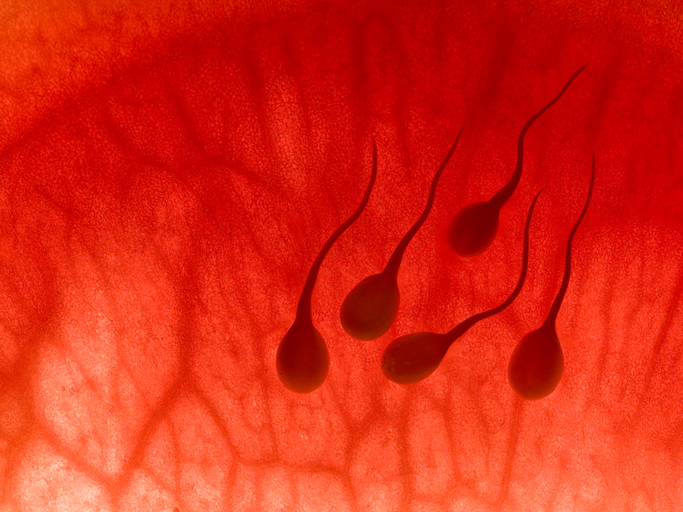Scientists at Gothenburg University in Sweden have identified a structure similar to a cork-screw at the end of the sperm flagellum.
In a study published in the Nature journal, scientists were able to observe 3D images of individual structures in human sperm using a new imaging technique known as cryo-electronic tomography. The method involves rapidly freezing biological specimens, lightening them and then imaging them using a powerful electronic microscope.
When the scientists observed detailed images at the tip of the flagellum, they found “a spiral structure extending from the tip of the sperm measuring approximately one-tenth of the length of the flagellum”, explains Davide Zabeo, a PhD student at Gothenburg University who conducted the research. This structure could be used to channel the energy of the sperm, giving it the ability to swim rapidly towards the egg.
The discovery provides an important insight into how the structure of the sperm affects its capacity for movement and orientation. It could lead to new treatments aimed at increasing the mobility of poor sperm – a major cause of male infertility. It could also potentially pave the way towards a new method of male contraception.
Bionews, Dr Katie Howe (26/02/2018)

